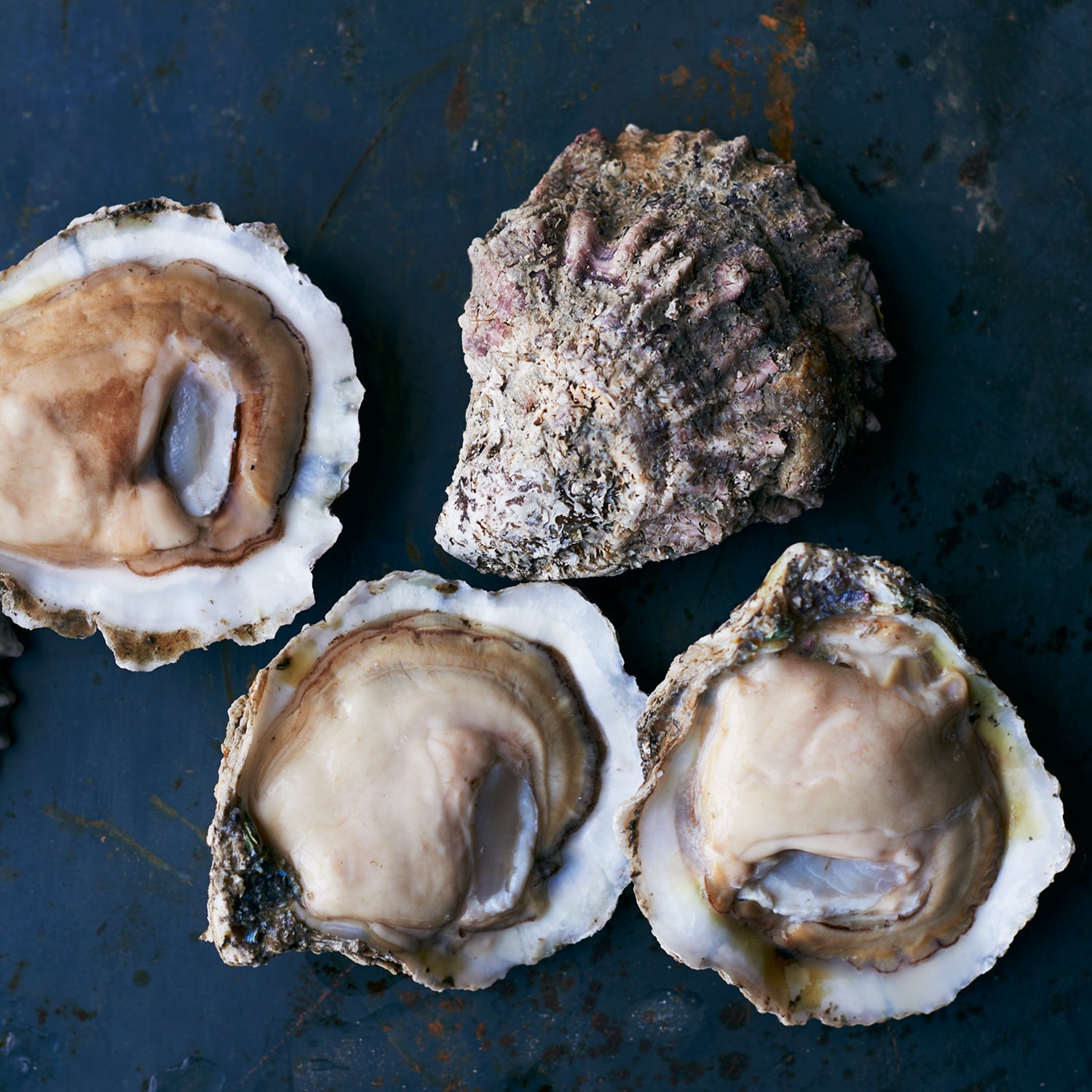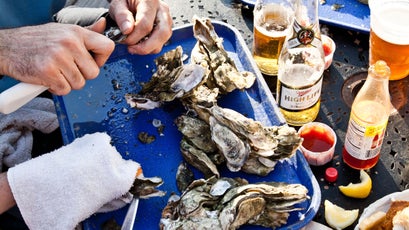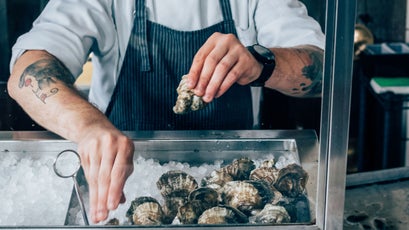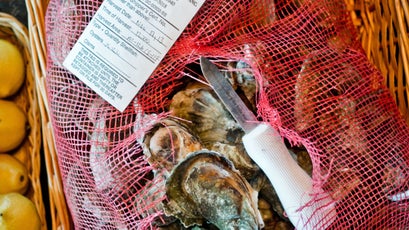Not long ago, the southern United States was an oyster wasteland. Chesapeake Bay populations had been so┬áoverharvested that MarylandÔÇÖs shucking houses were importing Louisiana oysters to stay in business. Then LouisianaÔÇÖs reefs were killed off by fresh water released from the Mississippi River to push away oil from the 2010 Deepwater Horizon disaster. Meanwhile, years of drought in Florida led the federal government to declare Apalachicola Bay, once the source of 10 percent of the nationÔÇÖs oysters, a fishery disaster in 2013. ÔÇťItÔÇÖs been hard for anyone to make a living oystering,ÔÇŁ says , a professor at Auburn University whoÔÇÖs known as Doctor Oyster.┬á
But as wild reefs disappeared and prices skyrocketed, growers adopted the cutting-edge cultivation methods that turned the Pacific Northwest into an oyster power-house. Raised off the ocean floor, in mesh barrels that keep them from being eaten by predators or suffocating under sediment, the oysters flourishedÔÇöwith quality that caught everybody by surprise. ÔÇťPerfect cups, full meat, nice and clean,ÔÇŁ says Walton.┬á
Dozens of new varieties have since appeared. Some are sweet, some are salty, and most can be found only in the SouthÔÇÖs oyster bars. (See below.) There are buttery Murder Points from Alabama, briny Phat Ladies from South Carolina, and decadent Caminada Bays raised in the rich waters of south Louisiana. Order up a dozen, wash them down with something cold, and send for more. There are plenty to go around.
Where to Slurp the Tastiest Oysters
, Decatur, Georgia
- The Variety: Murder Point
- The Chaser: Absinthe
ÔÇő,┬áCharleston, South Carolina
- The Variety: Phat Lady
- The Chaser: Vermouth Spritz
, New Orleans
- The Variety: Caminada Bay
- The Chaser: Gentilly Shakedown





